Rule-Based vs. AI Chatbot: Which One is Better?
It is hardly surprising that Chatbot is a "Buzzword" in the business world. Many business owners plan to develop a website chatbot to improve customer delivery and boost sales. But one important consideration they must consider is whether to choose a rule-based chatbot or one powered by AI. If you have the same query, then cheer up.
This article will discuss everything you need about rule-based vs. AI chatbots. Keep reading and learn what type of Chatbot is right for your organization.
Things to Know About Rule-Based Chatbots
Rule-based chatbots are very popular among small and medium-sized businesses. Also known as decision-tree chatbots, they employ pre-defined questions to guide customers into making a desired action.
Generally, the rule-based approach involves asking simple questions but can also use complicated rules. One major downside of such chatbots is they don't learn from user interactions. A rule-based bot relies heavily on customer input and cannot answer questions outside the pre-set options or scenarios. This often leads to frustrating experiences for the users.
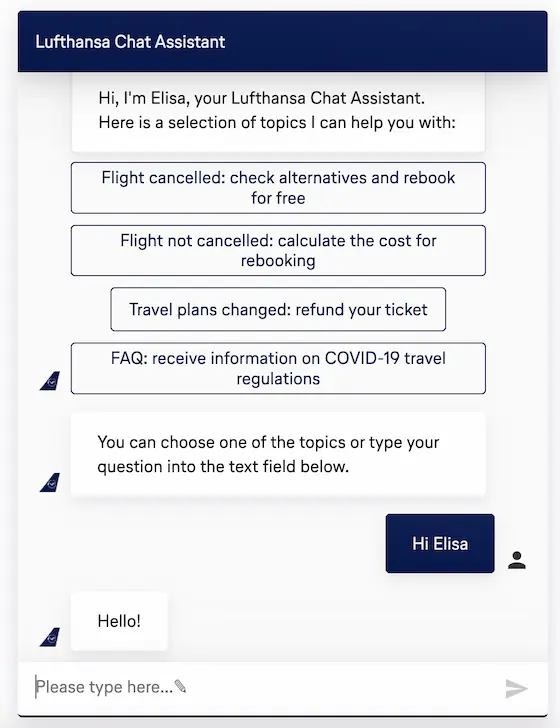
How It Works
The rule-based chatbot architecture is based on the likely behavior or responses of the customers. Based on this, they present them with questions like a flow chart. The customer can select the most suitable option to proceed. And often, selecting one option triggers a list of follow-up options and continues until an action is taken.
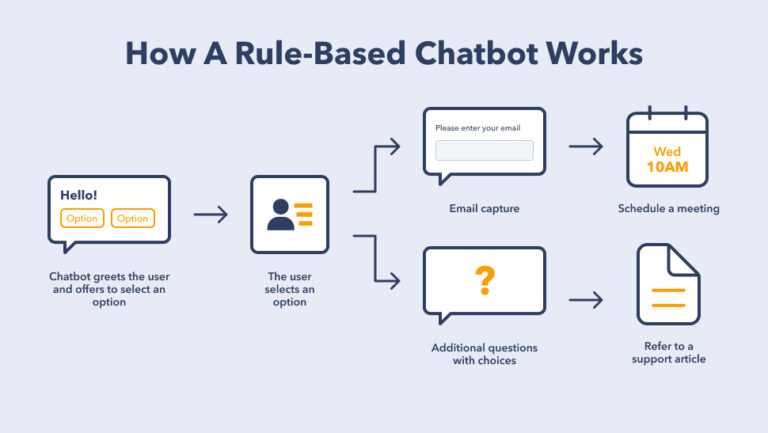
Pros
- A rule-based chatbot is easy to build and integrate with legacy systems.
- It guarantees quick and efficient implementation of bots as they don't need to understand the client's demands.
- They are highly secure as they cannot, under any circumstances, operate on their own.
- Answers the FAQs in a professional manner.
- Helps organizations achieve large-scale automation without a technical coding procedure.
Cons
- Do not learn on their own. Only provide answers to already set rules which is why the customer experience is relatively linear. For instance, a rule-based chatbot won't be able to differentiate between "I want to have a cheeseburger" and "Order Cheeseburger for me" if it's not already determined.
- The interaction with a rule-based chatbot framework seems more robotic than personalized.
- These types of bots cannot be employed on a standalone basis. The developers need to constantly improve them.
Use Cases
One simple rule-based chatbot example is buying a cinema ticket. The bot provides branching questions to help users select the desired day, time, movie, and mode of payment. And the same goes for booking a table at a restaurant. Many organizations also employ rule-based chatbots to answer the FAQs of users to automate the process.
Popular Rule-Based Chatbots
These chatbots in the FAQs section of almost all the airlines, 5-start hotels, etc., present a list of pre-set options or questions.
A Brief Insight into AI Chatbots
As the name indicates, an AI chatbot is powered by Artificial Intelligence. Compared to a rule-based chatbot in Python, they rely on machine learning models to understand the real meaning of a customer query and provide solutions.
Surprisingly, these bots can discern a question's original content and meaning before answering it using natural language processing (NLP). This leads to better and improved handling of complicated queries of users. The biggest advantage of using AI chatbots is they learn from user interactions and constantly improve service delivery. Using the available data, they can connect questions asked by different users. In short, using NLP and machine learning make AI bots smarter and more efficient with time.

How It Works
AI chatbots use natural language to understand what a customer intends to say/ask and respond to it most effectively. As they learn from user interactions, these bots can link previous questions to generate better responses each time.
Using natural language processing, they manage to understand different languages and generate personalized responses for different users. AI bots are intelligent enough to determine when human attention is necessary. That's why AI bots are preferred in businesses that demand human-like responses from bots.
Pros
- They are programmed with NLP and Machine Learning to induce self-learning from user interactions.
- AI bots can understand questions asked in different languages or different contexts.
- They constantly improve service delivery as input data increases.
- They use patterns of behaviors and gathered information to make critical decisions that are accurate to a large extent.
Cons
- They require a lot of data to be trained and generate accurate output.
- Their decision-making skill is not always accurate, and often, it can lead to wrong or unethical answers.
- If an AI chatbot has learned something wrong, correcting it would take sufficient time.
- AI bots are comparatively expensive to build.
Use Cases
Companies deploy AI chatbots when they intend to stimulate human-like behavior. It can be managing complicated FAQs about multiple products on a website or hiring a cab online. The goal is to divert human resources to more productive issues.
Popular AI Chatbots
Some leading examples of AI chatbots include Alexa, Siri, and Google Assistant.
Comparison Between Rule-Based and AI Chatbots
Each of these chatbots has its strengths and downsides. Let's have a quick review of both rule-based chatbots and AI chatbots.
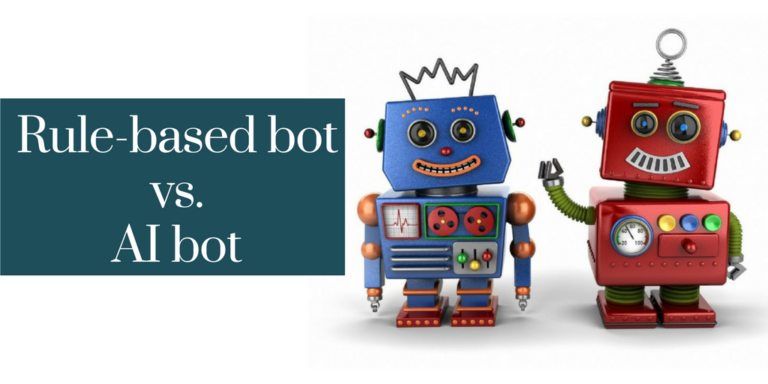
Ease of Use
Generally, rule-based chatbots are easy to build, maintain, and operate. They require less training and less time to test the algorithm. But they can only perform simple tasks or lead to one-dimensional interaction.
An AI bot needs proper training or can misinterpret conversations and generate inaccurate results. But after getting more user input with time, they can solve complicated situations without human intervention.
Rule-Based Bots Are Cheaper But Simple
One major downside of AI bots is the high cost, as they require extra resources to mimic a human-like conversation. But simultaneously, they can handle multiple, complex tasks for the marketer.
Free-flowing Conversations
For a rule-based chatbot, the customer gets pre-defined answers to choose from. This leads to quicker resolutions but reduces the scope too limited options. Anything outside the pre-set matrix and the bot will be unable to solve it.
However, an AI chatbot has real, human-like conversations and constantly learns to respond better. Both options sound attractive for a business, but the latter brings more authenticity and customer satisfaction.
Decision Making
An AI bot is powered with machine learning that gives it a human-like consciousness – to some extent. Compared to a Python rule-based chatbot, it can understand the users' mood and context and generate responses accordingly.
This helps an AI bot overcome obstacles without any delay. And if needed, they can recommend the customer to a live agent.
Which Is More Suitable for Your Company?
There's no direct way to answer this question. Whether to choose a chatbot rule-based or powered by AI depends on the type of industry and your specific business needs.
Here are some questions you need to ask yourself before choosing a relevant chatbot:
- What type of business you're in?
- What goals is your company likely to achieve by employing the bot?
- What are your resources to develop and implement the bot?
- The complexity and frequency of users' interaction and related queries
From a pure business perspective, AI chatbots have more value as they can respond to hundreds of queries simultaneously.
They might be more complex and difficult to train, but they can link customers' previous questions to the new ones and makes personalized and smoother responses.
A well-trained AI bot can resolve multiple queries more accurately than its rule-based chatbot counterpart. With every passing day, AI bots become quicker and smarter.
How to Choose the Right AI Chatbot for Your Business
If anything, not all chatbots are built equal. They have different functionalities and capabilities. Here are several important factors you should consider when choosing an AI chatbot for your company:
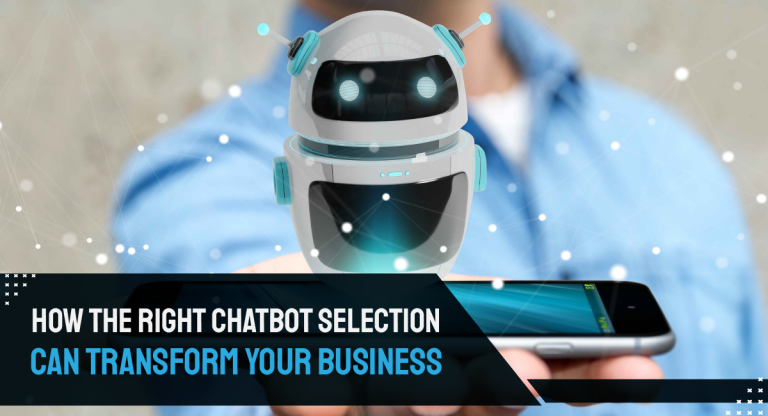
Focus on Your Targeted Audience
First and foremost, the Chatbot should understand your targeted audience's preferences and general mood. It should provide simple and clear answers to their queries seamlessly without any delays.
Matches Your Business Needs
Another important consideration is the type of business you're running. For instance, a company selling products online requires a chatbot that should interact with customers intuitively, and it should be able to handle complex queries.
Or similarly, depending on your business, you need to decide whether to choose a virtual assistant or a sales bot. The latter gathers data and generates sales, while the former is best for answering questions or scheduling bookings.
Analyze Its Features and Capabilities
That is probably the most critical part. The business owner needs to identify the main features of the Chatbot. Go through all the available documentation of a chatbot to analyze its functions.
Surely, not all features are needed. But you have to analyze if it has built-in capabilities that your business needs to grow.
Think of Customization and Scalability
Ensure the Chatbot can be modified or fine-tuned to your future business tone and style. Also, your business will grow with time, gaining more customers and subsequent queries. The Chatbot you choose should be scalable to make this journey smooth and pleasant for the audience.
Don't Forget the Pricing Plan
It's always a good choice to know the pricing plan of a chatbot and the level of support it offers. The price should meet your budget without affecting other business aspects.
Note that you may get a basic-level chatbot for free. But an advanced AI bot that offers more interaction with your customers comes with premium packages. And unsurprisingly, a paid AI chatbot offers better accuracy and efficiency than a free chatbot.
Build Your AI Chatbot with ChatInsight
Now that you have finally decided to get an AI bot for your website, the next step is to use a versatile chatbot builder like ChatInsight.AI. You can easily integrate your Chatbot with different platforms, and it trains it to match your business needs. One key feature of ChatInsight is its ability to analyze all the available data to answer customers' queries accurately. Moreover, it uses the available data and past conversations to provide insights and suggestions to boost business efficiency.
Conclusion
This article has provided insights into two major types of chatbots: rule-based and AI. Both have their functionality and downsides.
An AI bot is more complex but offers higher functionality and contextual awareness. At the same time, a rule-based chatbot is simple to implement but has limited scope and no self-learning ability. Statistics show that most business owners prefer a bit powered by Artificial Intelligence. If you ever wish to make your own AI bot, get assistance from AirDroid's ChatInsight. This powerful bot builder can help you boost sales, increase revenue, and improve customer delivery.




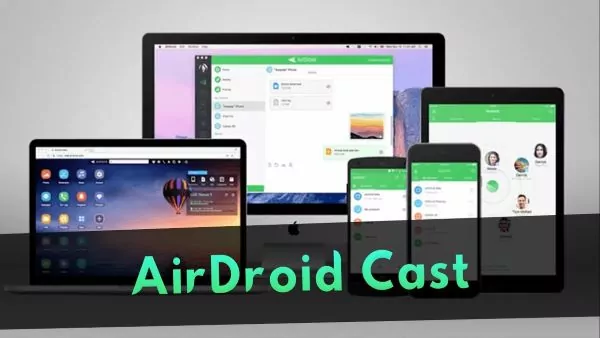
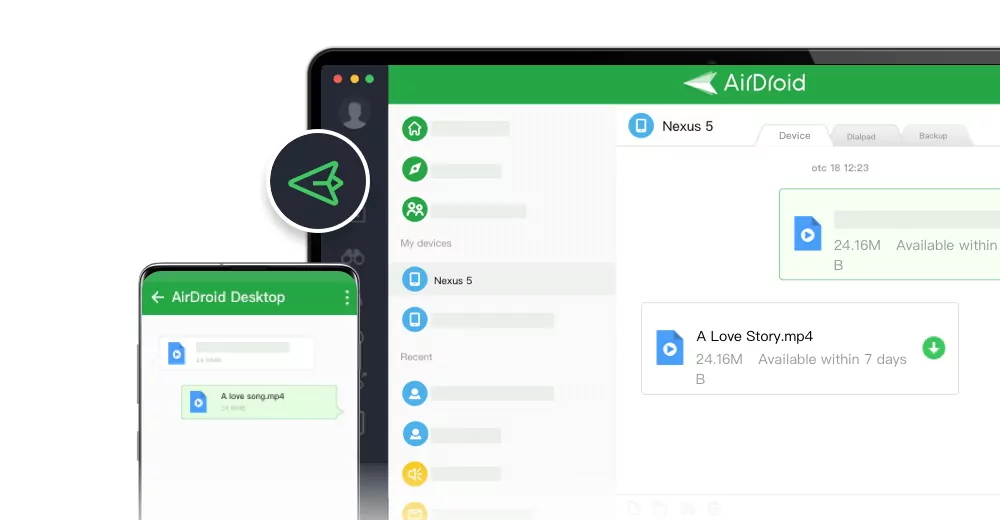



Leave a Reply.